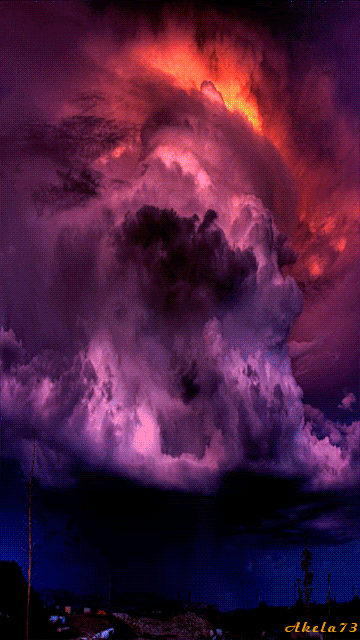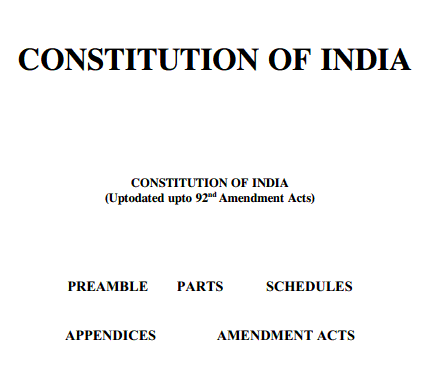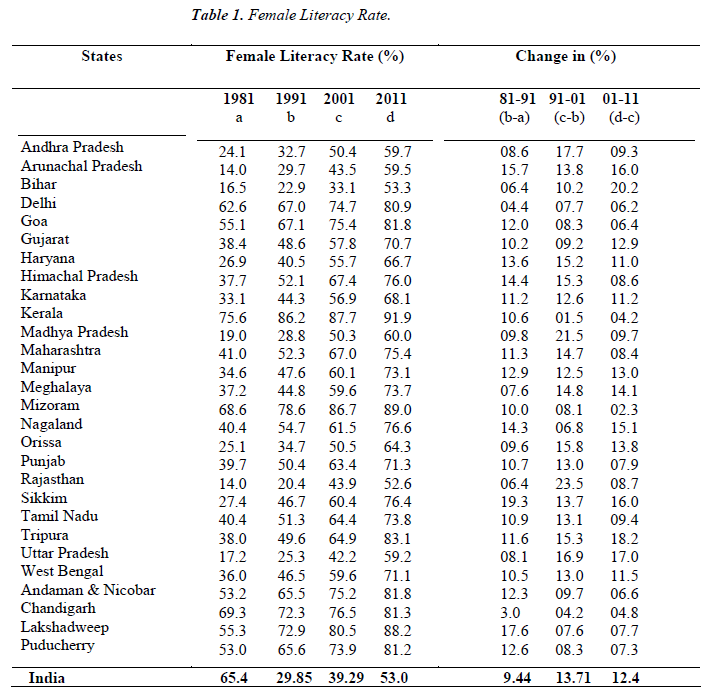|
PART XI RELATIONS BETWEEN THE UNION AND THE STATES CHAPTER I. LEGISLATIVE RELATIONS Distribution of Legislative Powers 247. Power of Parliament to provide for the establishment of certain Notwithstanding anything in this Chapter, |
Please Visit:
http://www.bali3d.com/buddhist-temple.php
for
Buddhist Monastery and Temple, Brahmavihara Arama
|
|
|
|





https://in.pinterest.com/pin/

PART XI
RELATIONS BETWEEN THE UNION AND THE STATES
CHAPTER I.-LEGISLATIVE RELATIONS
Distribution of Legislative Powers
Art.(245-255)
CHAPTER II.-ADMINISTRATIVE RELATIONS
General …Art.(256-261)
Disputes relating to Waters …Art.(262)
Co-ordination between States …Art.(263)
CHAPTER I.-LEGISLATIVE RELATIONS
Distribution of Legislative Powers
ARTICLE
245. Extent of laws made by Parliament and by the Legislatures of States.
|
PART XI RELATIONS BETWEEN THE UNION AND THE STATES CHAPTER I. LEGISLATIVE RELATIONS Distribution of Legislative Powers 245. Extent of laws made by Parliament and by the Legislatures of States.- (1) Subject to the provisions of this Constitution, Parliament may make laws for (2) No law made by |
246. Subject-matter of laws made by Parliament and by the Legislatures of States.
|
PART XI RELATIONS BETWEEN THE UNION AND THE STATES CHAPTER I. LEGISLATIVE RELATIONS Distribution of Legislative Powers 246. Subject-matter of laws made by Parliament and by the Legislatures of States.- (1) Notwithstanding anything in clauses (2)
(2) Notwithstanding anything in clause (3), Parliament, and, subject to clause (1), the Legislature of any State _219*** also, have power to make laws with respect to any of the matters enumerated in List III in the Seventh Schedule (in this Constitution referred to as the “Concurrent List”). (3) Subject to clauses (1) and (2), the Legislature of any State (4) Parliament has power to make laws with respect to any matter for |
247. Power of Parliament to provide for the establishment of certain additional courts.
248. Residuary powers of legislation.
PART XI
RELATIONS BETWEEN THE UNION AND THE STATES
CHAPTER I. LEGISLATIVE RELATIONS
Distribution of Legislative Powers
248. Residuary powers of legislation.- (1) Parliament has exclusive
power to make any law with respect to any matter not enumerated in the
Concurrent List or State List.
(2) Such power shall include the power of making any law imposing a
tax not mentioned in either of those Lists.
249. Power of parliament to legislate with respect to a matter in the State List in the national interest.
|
CHAPTER I. LEGISLATIVE RELATIONS Distribution of Legislative Powers 249. Power of Parliament to legislate with respect to a matter in theState List in the national interest.- (1) Notwithstanding anything in
|


Mayawati wants UP split into 4 parts
Bahujan Samaj Party supremo Mayawati on Wednesday reiterated her demand of dividing Uttar Pradesh into four parts.
Stating that the BSP “has always supported smaller states” Ms. Mayawati
said UP should be divided into four smaller units: Purvanchal,
Bundelkhand, Awadh Pradesh and Paschim Pradesh.
“Ministers in the Centre who hail from UP should build pressure on the
Central Government for formation of these states,” Ms. Mayawati said.
She also voiced her support for other separate state movements like
Gorkhaland and Vidarbha.
However,
her comments drew sharp criticism from the major parties.
The Bharatiya Janata Party dismissed Mayawati’s statement.
The Samajwadi Party also launched an attack on Mayawati’s proposal and
stated that it was against any division of the State.We do not believe
in dividing the country any further.
The Congress also lashed out at Mayawati for making such demands.
Please correct this Google Translation in your Mother Tongue. That will be your exercise !
These
1% intolerant, violent, militant, shooting, lynching chithpawan brahmin
Rowdy Swayam Sevaks are trying their best to bury the true history
without knowing that they are seeds that sprout as Bodhi Trees out of
their hatred towards 99% Sarvajan Samaj including
SC/STs/OBCs/Minorities?poor brahmins and baniyas to establish the
stealth hindutva cult that was naufactured by another chithpawan brahmin
vir savarkar like the dreaded murder nathuram godse just for vote bank
politics and has nothing to do with spirituality.
The
intellectuals belonging to 99% Sarvajan Samaj unitedly expose these
psychopath mentally retarded 1% chitpawan brahmins through the latest
technology creating websites using the insight-net, since they have
cornered the Master Key through fraud EVMs by tampering them in favour
of Murderers of democratic institutions (Modi).
The ex CJI
Sadasivam committed a grave error of judgement by ordering the fraud
EVMs to be rplaced in phases as suggested by the ex CEC Sampath instaed
of totally replacing them with paper ballots which helped Ms Mayawati’s
BSP win in the last UP Panchayat Elections where it lost all the Lok
Sabha seats that was conducted through these fraud EVMs when they came
to know that she will be the PM of Prabuddha Bharath because of her best
governmence as CM of UP.
The Present CJI must order for
dismissing the Central and the State governments selected by these fraud
EVMs and order for fresh elections with Paper ballots to save
democracy, liberty, equality and fraternity for peace, welfare and
happiness of all societies otherwise attempts to bring back manusmriti
will continue.
chitpawan brahmins attempt to convert as hindutva nation is impossible
because all the people of this country belong to a single human race
which practices the teachings of the Awakened One with Awareness which
says all are equal while manusmriti professes brahmins as 1st rate
athmas (Soul), kshatriyas as 2nd rate, Vysias as 3rd rate, Shurdras as
4th rate and the Adi-Mulanivasis as having no soul just to harm them.
Buddha never believed in a any soul. He said all are equal.
Please send your Trade details for
FREE ADVERTISEMENT
at
A1 Trade Corner
email:
a1insightnet@gmail.com
aonesolarpower@gmail.com
aonesolarcooker@gmail.com














